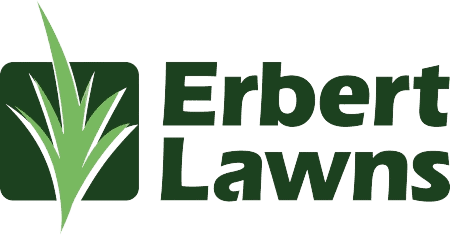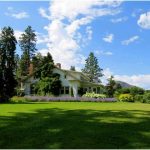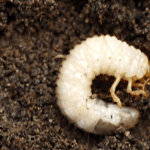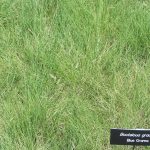A lawn of Kentucky bluegrass is the most desirable grass species to have in Colorado. It’s soft and rich with color. Annual grasses like crabgrass can invade your lawn and make it rather unsightly. Knowing how to identify and control crabgrass in your lawn is important for maintaining the best looking lawn on the block
Kentucky bluegrass is perennial meaning it doesn’t die when temperatures start to drop. It will go dormant throughout the winter and begin growing again in the spring. Annual grasses only live one season. Annual seeds will start growing in new areas and new seasons because they blew around after the lawn went into dormancy. Germination occurs when the soil is at or above 55 degrees Fahrenheit for four consecutive days.
This gives you a window of opportunity to apply a pre-emergent treatment to your lawn which will prevent the crabgrass seeds from germinating when the temperatures start to rise. The ideal time of the year to treat your lawn in Colorado with a pre-emergent is late March through mid-April. Pre-emergent is included in the Erbert Lawns’ Weed Wipe-Out & Fertilization program with the first application of the year. Hiring us will save you the time and head space worrying about how to control crabgrass.
So what do you do if you never got around to getting a pre-emergent down on your lawn in time? A post-emergent herbicide is applied to active growing crabgrass, this will control crabgrass. Once applied it will take several weeks for the crabgrass to dye. It doesn’t just disappear though. Once the crabgrass is brown and dead you will need to either pull it up or dig it out and reseed with Kentucky bluegrass as needed depending on the severity of your crabgrass invasion.
We get a lot of calls about crabgrass but sometimes when we get to the lawn there isn’t any crabgrass at all but rather undesirable perennial grasses. As mentioned above, if the soil temperatures haven’t warmed up enough yet crabgrass won’t be able to germinate. So if you call us before May with crabgrass concerns it is most likely an undesirable perennial grass.
The most common undesirable perennial grasses that are often mistaken as crabgrass:
Tall Fescue – You can identify tall fescue by its circular bunched growth pattern. It also has a leaf that is thick and veiny, flat square blade top and it grows vertically. The roots go deep into the soil and you’ll need to be aware of that when digging it up to ensure it is properly removed so it doesn’t grow back. Tall Fescus often times looks very similar to crabgrass.
Johnsongrass – The leaf blades on this grass are flat and can be up to an inch in width. The mid veins are light in color. This grass also grows vertically.
Quackgrass – This one has multiple leaves coming off a single stalk as well as small nodes. The seeds have a long head. This also grows vertically and can get very tall.
Digging up these types of grasses, is the only way they can be treated.
You will know crabgrass is growing in your lawn because it clumps together similar to fescue but has pointy spade leaves rather than square. It also grows horizontally, parallel to the ground, rather than vertically. Creeping grass is often how crabgrass because of the growing pattern.
Consistent lawn health and maintenance is key to prevention from annual grasses as well as undesirable perennial grass. A healthy lawn leaves no room for invaders in the soil. Call Erbert Lawns today (303-948-6631) or fill out our form to set up a personal lawn care plan with us and ensure your lawn is free of crabgrass and weeds for years to come.










